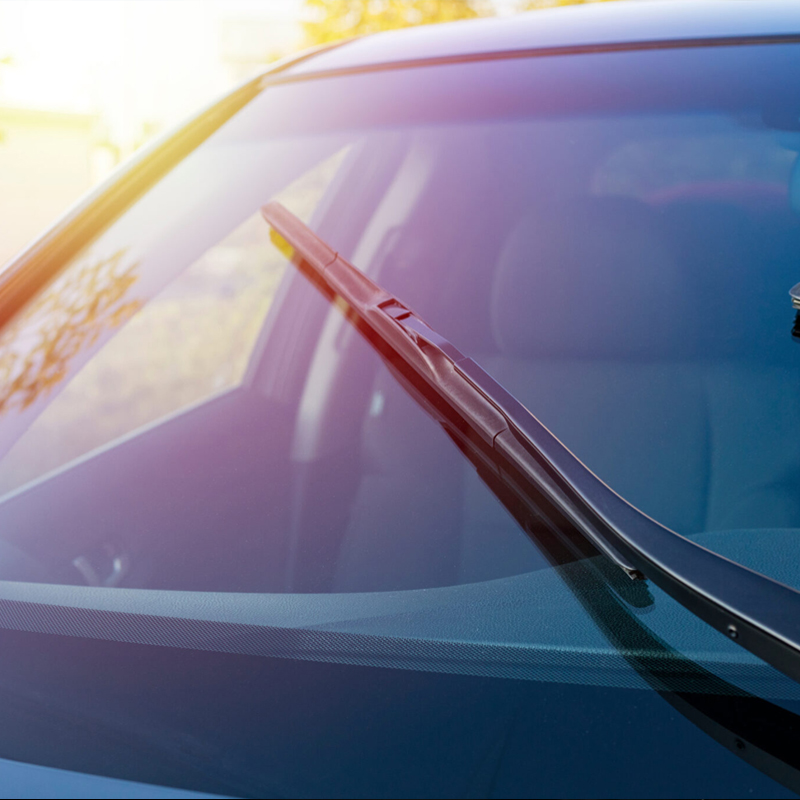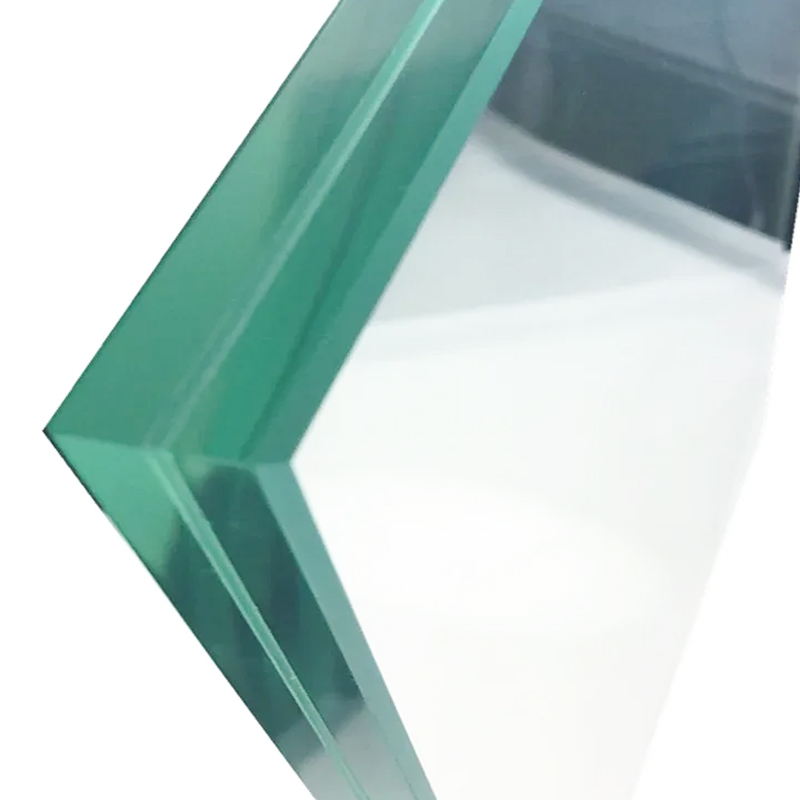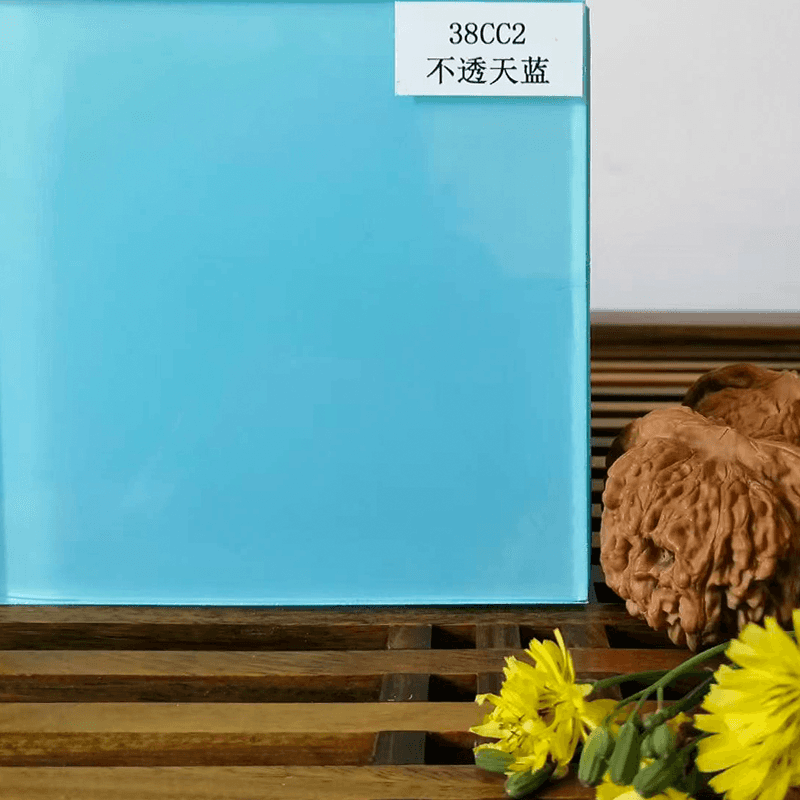language
EVA Jade Sand Film is gaining popularity for its unique texture, durability, and aesthetic appeal. Whether you are a designer, DIY enthusiast, or homeowner, you might be wondering about its versatility—particularly whether it can be glued to various surfaces.
Understanding EVA Jade Sand Film
Before diving into adhesion methods, it is helpful to understand what EVA Jade Sand Film is. EVA stands for ethylene-vinyl acetate, a type of polymer known for its flexibility, softness, and impact resistance. When combined with the jade sand texture, the material gains a unique, semi-translucent, and slightly granular appearance, making it suitable for decorative applications such as wall panels, craft projects, packaging, and interior accents.
Because of its polymer structure, EVA Jade Sand Film is resistant to water, light, and many chemicals, which enhances its durability. However, its smooth surface and flexibility can also pose challenges when attempting to glue it to different materials.
Can EVA Jade Sand Film Be Glued?
The short answer is yes—but with some considerations. EVA Jade Sand Film can adhere to a variety of surfaces if the correct adhesive and preparation method are used. The choice of adhesive largely depends on the surface type and the intended application. Below, we explore common surface types and recommended approaches.
1. Gluing to Wood
Wood is a commonly used surface for decorative and DIY applications. EVA Jade Sand Film generally adheres well to smooth, clean, and dry wooden surfaces. For best results:
- Clean the surface: Remove dust, grease, or varnish residues that might interfere with adhesion.
- Choose the right adhesive: Contact cement, hot glue, or specialized polymer adhesives work well for EVA to wood bonding.
- Apply evenly: Spread the adhesive evenly to avoid air bubbles or gaps.
- Press firmly: After applying the film, use a roller or flat tool to ensure uniform contact.
2. Gluing to Metal
Metal surfaces, such as aluminum or stainless steel, are smooth and non-porous, which can make adhesion tricky. To improve bonding:
- Prepare the surface: Sand lightly to create micro-roughness, and clean thoroughly with a solvent like isopropyl alcohol.
- Use strong adhesives: Epoxy resin, cyanoacrylate glue, or polyurethane adhesives provide stronger bonds.
- Apply pressure: Ensure consistent contact until the adhesive cures, as EVA may attempt to lift due to its flexibility.
3. Gluing to Glass
EVA Jade Sand Film can be applied to glass for decorative windows, partitions, or craft projects. Because glass is non-porous and smooth:
- Clean rigorously: Remove all dust, grease, or fingerprints with a glass cleaner.
- Choose a transparent adhesive: Clear silicone adhesive or double-sided acrylic tape works well, maintaining the visual appeal.
- Avoid stretching: Glass does not allow flexibility, so ensure the film is applied without pulling.
4. Gluing to Plastic Surfaces
Plastics vary widely in type and texture, and adhesion depends on compatibility:
- Smooth plastics: Polypropylene and polyethylene are more challenging because they resist adhesives. Use special plastic adhesives or primers.
- Textured plastics: PVC, acrylic, and ABS are easier to bond with EVA using hot glue or contact cement.
- Test first: Always test a small piece to confirm the bond strength.
5. Gluing to Fabric
Some DIY and craft projects involve bonding EVA Jade Sand Film to textiles:
- Use fabric adhesives: Flexible adhesives like fabric glue or hot melt glue can work well.
- Consider stitching or mechanical fastening: For long-term durability, combining glue with stitching or velcro may be more reliable.
- Avoid excessive weight: EVA film is slightly heavy, so ensure the fabric can support it.

Factors Affecting Adhesion
Several factors influence how well EVA Jade Sand Film bonds to a surface:
- Surface preparation: Dirt, dust, grease, or moisture can reduce adhesion. Clean and dry surfaces always provide better results.
- Adhesive choice: Not all adhesives work with EVA. Solvent-based or polymer-based adhesives are usually more effective.
- Temperature and humidity: Extreme temperatures or high humidity may affect glue curing and the film’s flexibility.
- Film thickness: Thicker EVA Jade Sand Film may require stronger adhesives and more pressure during application.
- Surface texture: Smooth surfaces may require primers or sanding for better adhesion, while porous surfaces like wood may bond more easily.
Tips for a Successful Application
- Test before committing: Always apply a small piece first to see how the adhesive performs.
- Apply evenly: Uneven glue can cause bubbling or warping.
- Use a roller or press: Ensure the film is in full contact with the surface.
- Allow sufficient curing time: Follow the adhesive manufacturer’s instructions for drying and curing.
- Consider environmental exposure: For outdoor applications, choose weather-resistant adhesives and materials.
Common Mistakes to Avoid
- Skipping surface cleaning: Dirt and oils can prevent adhesion.
- Using the wrong adhesive: EVA requires adhesives compatible with its polymer structure.
- Stretching the film: Pulling too hard can cause warping or lifting.
- Neglecting curing time: Premature handling may weaken the bond.
Applications of Glued EVA Jade Sand Film
Once bonded properly, EVA Jade Sand Film offers a wide range of applications:
- Interior décor: Wall panels, ceiling accents, and furniture overlays.
- Crafts and DIY projects: Custom decorations, scrapbook embellishments, and models.
- Protective layers: EVA film can serve as a protective coating for surfaces that require mild cushioning.
- Signage and displays: EVA Jade Sand Film can be used for visually appealing signs, banners, and exhibition materials.
Conclusion
EVA Jade Sand Film can indeed be glued to various surfaces, from wood and metal to glass and fabric. The key is selecting the right adhesive, preparing the surface properly, and applying the film with care. With the correct techniques, EVA Jade Sand Film can enhance the appearance and functionality of many projects, whether for home décor, crafting, or commercial applications.
By understanding the material’s characteristics and adhesion requirements, you can confidently use EVA Jade Sand Film on a range of surfaces while ensuring a durable and attractive finish.





